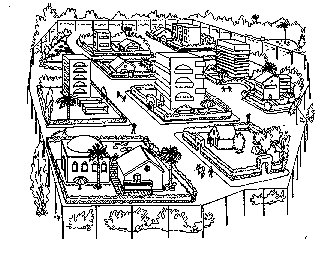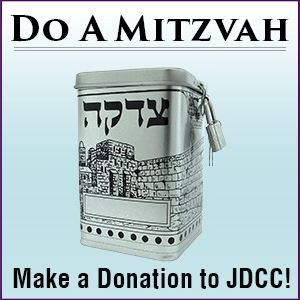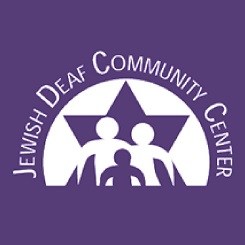
Many Jewish traditions are followed on Shabbat and on Jewish holidays. Observant Jews do not push baby strollers, carry a baby in their arms or even carry a tallis bag on the way to Temple during Shabbat.
Why is this the case? The Shabbat, according to Exodus 20:8-10 is a time of rest and a very special day for Jewish people. “You shall work during the six days and do all your tasks. But Saturday is the Shabbat to G-d, your Lord. Do not do anything that constitutes work. “The Sabbath is governed by specific guidelines which makes sure that no work or labor is done on that day.
Traditional Jews may not cook, clean or write. They may not use the telephone, operate electrical switches nor drive. This is a day of rest so there are restrictions on carrying objects i.e. carrying from public areas to residential areas and vice versa.
What Is An Eruv?
Eruv, pronunced ‘ay-roov’, is the Hebrew word meaning “mixture, merging, amalgamation, or blending of activities and rights.”
Eruv Chatzayrot is the mixing or pooling of areas. The Eruv is an area designated by wire or nylon cord attached to utility poles around the outside perimeter of a specific location which allows people to do certain things.
In researching this topic, we learned that the concept of Eruv has been around for over 2,000 years as far back as the Codes of Jewish Law during the first century C.E.
The main principle of the Eruv, based on the ideas of ancient Rabbis who wanted to keep the Sabbath holy by refraining from work or labor but still allow Jews to carry their tallits to Temples or carry their children.
Being allowed to push baby strollers and walkers, many Orthodox and traditional Jews are able to attend synagogue, visit friends and share festive meals together. Elderly and disabled family members are able to use canes, walkers and wheelchairs.
There are currently over one hundred Eruv Chatzayrot in the United States, not counting such constructions in European countries.
Building An Eruv
What is involved to build an Eruv? We find that the fol lowing general steps need to be taken in establishing an Eruv in a local community:
1. Deciding a specific area where there is a large population of religious Jewish people who are very observant;
2. Consulting with appropriate authorities who are famil iar with the Eruv system’s rules and regulations;
3. Obtain necessary permits and licenses and secure agreement among members of the surrounding community on establishing the designated area;
4. Raise funds to develop and year-round maintenance for this designated area;
5. Construction and operational costs.
Modern Eruvims
We have learned that developing and maintaining an Eruv is very expensive. Each week throughout the year prior to Shabbat, the Eruv is checked. Every attachment and connection points must be checked by visual inspectors along with the quality of all fences used to create borders. Staff and professionals such as electrical contractors may be needed to perform repairs and the Rabbi governing this area is called upon to decide on how to address major problems. A voice mail system is then set up so that weekly status reports can be arranged.
Eruvims are traditionally located in orthodox Jewish communities. In the U.S., for example, there is an eruvim in Kew Garden Hills, part of New York City and in Los Angeles, one is located in the West Los Angeles/Robertson area. Site maps are given out as well as hot phone numbers to check on weather conditions. For more information, contact a local Orthodox Jewish group.
A CUTE JEWISH ERUV JOKE
Diner at the Rabbi’s House
There’s the story of the big Friday night dinner the Rabbi’s home. After the soup, someone come to the Rabbi and say “Rabbi, two silver soup spoon seem to be missing.”
The Rabbi replies “Don’t worry.” After the salad course, the same person comes to the Rabbi and says “Rabbi, there are now FOUR salad forks missing!”
Despite the fact that the silverware is sterling silver and family heirlooms the Rabbi is nonplussed “Not to worry” he says. Then after the main course the same person comes to the Rabbi, deeply upset and says “Rabbi, there are now SIX sterling silver knives missing!”
And again the Rabbi serenely replies “Really, such excitement on Shabbat, stay calm.” Finally as dessert is being served, the Rabbi stands up, claps his hands and says “I have an important announce ment to make. The eruv is broken and is NOT kosher.”
And after dessert, all of the silverware reappears!
Hint: You are not allowed to carry silverware outside of the house during Shabbat!
Source: The Oy Vey!





